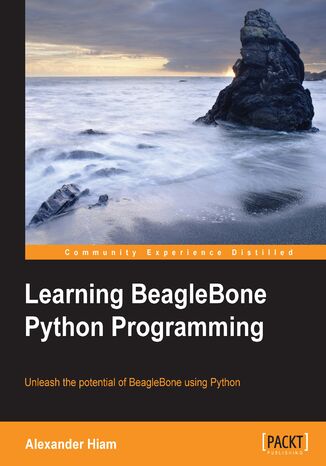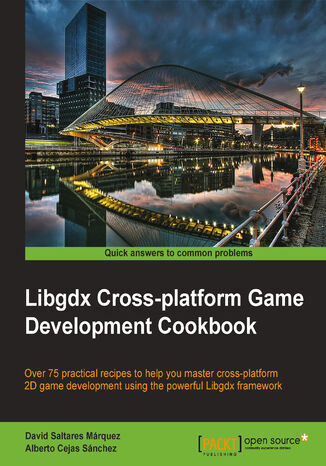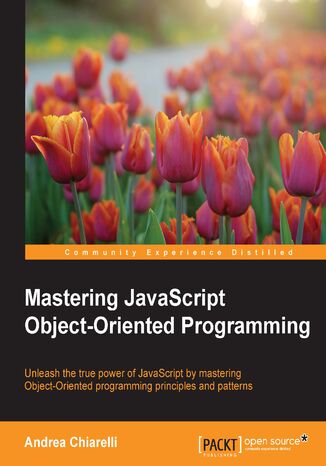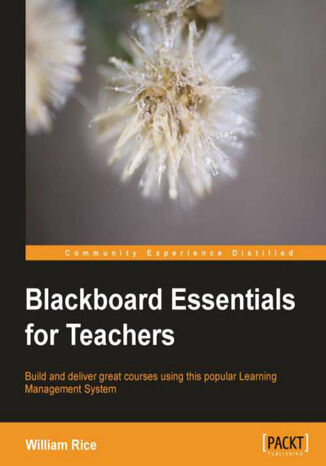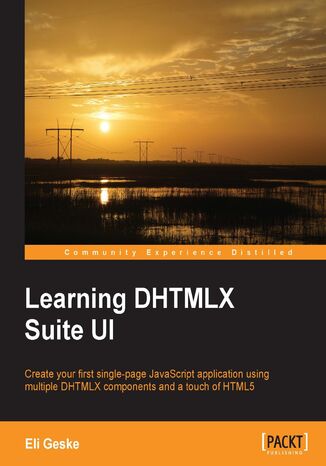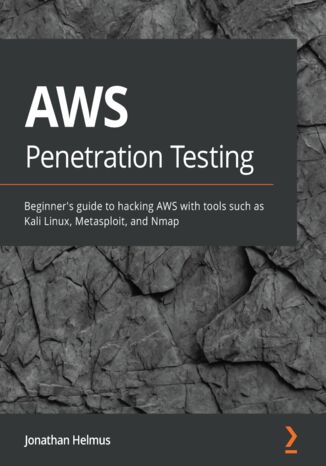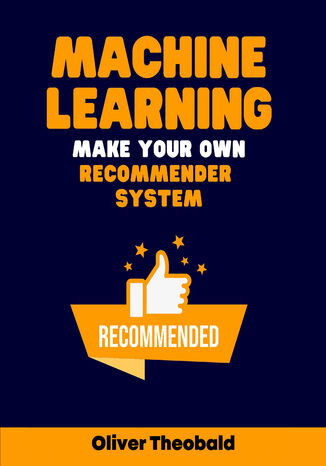Categories
Ebooks
-
Business and economy
- Bitcoin
- Businesswoman
- Coaching
- Controlling
- E-business
- Economy
- Finances
- Stocks and investments
- Personal competence
- Computer in the office
- Communication and negotiation
- Small company
- Marketing
- Motivation
- Multimedia trainings
- Real estate
- Persuasion and NLP
- Taxes
- Social policy
- Guides
- Presentations
- Leadership
- Public Relation
- Reports, analyses
- Secret
- Social Media
- Sales
- Start-up
- Your career
- Management
- Project management
- Human Resources
-
For children
-
For youth
-
Education
-
Encyclopedias, dictionaries
-
E-press
- Architektura i wnętrza
- Health and Safety
- Biznes i Ekonomia
- Home and garden
- E-business
- Ekonomia i finanse
- Esoterecism
- Finances
- Personal finance
- Business
- Photography
- Computer science
- HR & Payroll
- For women
- Computers, Excel
- Accounts
- Culture and literature
- Scientific and academic
- Environmental protection
- Opinion-forming
- Education
- Taxes
- Travelling
- Psychology
- Religion
- Agriculture
- Book and press market
- Transport and Spedition
- Healthand beauty
-
History
-
Computer science
- Office applications
- Data bases
- Bioinformatics
- IT business
- CAD/CAM
- Digital Lifestyle
- DTP
- Electronics
- Digital photography
- Computer graphics
- Games
- Hacking
- Hardware
- IT w ekonomii
- Scientific software package
- School textbooks
- Computer basics
- Programming
- Mobile programming
- Internet servers
- Computer networks
- Start-up
- Operational systems
- Artificial intelligence
- Technology for children
- Webmastering
-
Other
-
Foreign languages
-
Culture and art
-
School reading books
-
Literature
- Antology
- Ballade
- Biographies and autobiographies
- For adults
- Dramas
- Diaries, memoirs, letters
- Epic, epopee
- Essay
- Fantasy and science fiction
- Feuilletons
- Work of fiction
- Humour and satire
- Other
- Classical
- Crime fiction
- Non-fiction
- Fiction
- Mity i legendy
- Nobelists
- Novellas
- Moral
- Okultyzm i magia
- Short stories
- Memoirs
- Travelling
- Narrative poetry
- Poetry
- Politics
- Popular science
- Novel
- Historical novel
- Prose
- Adventure
- Journalism, publicism
- Reportage novels
- Romans i literatura obyczajowa
- Sensational
- Thriller, Horror
- Interviews and memoirs
-
Natural sciences
-
Social sciences
-
School textbooks
-
Popular science and academic
- Archeology
- Bibliotekoznawstwo
- Cinema studies
- Philology
- Polish philology
- Philosophy
- Finanse i bankowość
- Geography
- Economy
- Trade. World economy
- History and archeology
- History of art and architecture
- Cultural studies
- Linguistics
- Literary studies
- Logistics
- Maths
- Medicine
- Humanities
- Pedagogy
- Educational aids
- Popular science
- Other
- Psychology
- Sociology
- Theatre studies
- Theology
- Economic theories and teachings
- Transport i spedycja
- Physical education
- Zarządzanie i marketing
-
Guides
-
Game guides
-
Professional and specialist guides
-
Law
- Health and Safety
- History
- Road Code. Driving license
- Law studies
- Healthcare
- General. Compendium of knowledge
- Academic textbooks
- Other
- Construction and local law
- Civil law
- Financial law
- Economic law
- Economic and trade law
- Criminal law
- Criminal law. Criminal offenses. Criminology
- International law
- International law
- Health care law
- Educational law
- Tax law
- Labor and social security law
- Public, constitutional and administrative law
- Family and Guardianship Code
- agricultural law
- Social law, labour law
- European Union law
- Industry
- Agricultural and environmental
- Dictionaries and encyclopedia
- Public procurement
- Management
-
Tourist guides and travel
- Africa
- Albums
- Southern America
- North and Central America
- Australia, New Zealand, Oceania
- Austria
- Asia
- Balkans
- Middle East
- Bulgary
- China
- Croatia
- The Czech Republic
- Denmark
- Egipt
- Estonia
- Europe
- France
- Mountains
- Greece
- Spain
- Holand
- Iceland
- Lithuania
- Latvia
- Mapy, Plany miast, Atlasy
- Mini travel guides
- Germany
- Norway
- Active travelling
- Poland
- Portugal
- Other
- Przewodniki po hotelach i restauracjach
- Russia
- Romania
- Slovakia
- Slovenia
- Switzerland
- Sweden
- World
- Turkey
- Ukraine
- Hungary
- Great Britain
- Italy
-
Psychology
- Philosophy of life
- Kompetencje psychospołeczne
- Interpersonal communication
- Mindfulness
- General
- Persuasion and NLP
- Academic psychology
- Psychology of soul and mind
- Work psychology
- Relacje i związki
- Parenting and children psychology
- Problem solving
- Intellectual growth
- Secret
- Sexapeal
- Seduction
- Appearance and image
- Philosophy of life
-
Religion
-
Sport, fitness, diets
-
Technology and mechanics
Audiobooks
-
Business and economy
- Bitcoin
- Businesswoman
- Coaching
- Controlling
- E-business
- Economy
- Finances
- Stocks and investments
- Personal competence
- Communication and negotiation
- Small company
- Marketing
- Motivation
- Real estate
- Persuasion and NLP
- Taxes
- Social policy
- Guides
- Presentations
- Leadership
- Public Relation
- Secret
- Social Media
- Sales
- Start-up
- Your career
- Management
- Project management
- Human Resources
-
For children
-
For youth
-
Education
-
Encyclopedias, dictionaries
-
E-press
-
History
-
Computer science
-
Other
-
Foreign languages
-
Culture and art
-
School reading books
-
Literature
- Antology
- Ballade
- Biographies and autobiographies
- For adults
- Dramas
- Diaries, memoirs, letters
- Epic, epopee
- Essay
- Fantasy and science fiction
- Feuilletons
- Work of fiction
- Humour and satire
- Other
- Classical
- Crime fiction
- Non-fiction
- Fiction
- Mity i legendy
- Nobelists
- Novellas
- Moral
- Okultyzm i magia
- Short stories
- Memoirs
- Travelling
- Poetry
- Politics
- Popular science
- Novel
- Historical novel
- Prose
- Adventure
- Journalism, publicism
- Reportage novels
- Romans i literatura obyczajowa
- Sensational
- Thriller, Horror
- Interviews and memoirs
-
Natural sciences
-
Social sciences
-
Popular science and academic
-
Guides
-
Professional and specialist guides
-
Law
-
Tourist guides and travel
-
Psychology
- Philosophy of life
- Interpersonal communication
- Mindfulness
- General
- Persuasion and NLP
- Academic psychology
- Psychology of soul and mind
- Work psychology
- Relacje i związki
- Parenting and children psychology
- Problem solving
- Intellectual growth
- Secret
- Sexapeal
- Seduction
- Appearance and image
- Philosophy of life
-
Religion
-
Sport, fitness, diets
-
Technology and mechanics
Videocourses
-
Data bases
-
Big Data
-
Biznes, ekonomia i marketing
-
Cybersecurity
-
Data Science
-
DevOps
-
For children
-
Electronics
-
Graphics/Video/CAX
-
Games
-
Microsoft Office
-
Development tools
-
Programming
-
Personal growth
-
Computer networks
-
Operational systems
-
Software testing
-
Mobile devices
-
UX/UI
-
Web development
-
Management
Podcasts
ECMAScript 6 introduces several new Object-Oriented features that drastically change the way developers structure their projects. Web developers now have some advanced OOP functionality at their disposal to build large-scale applications in JavaScript.With this book, we'll provide you with a comprehensive overview of OOP principles in JavaScript and how they can be implemented to build sophisticated web applications. Kicking off with a subtle refresher on objects, we'll show you how easy it is to define objects with the new ES6 classes. From there, we'll fly you through some essential OOP principles, forming a base for you to get hands-on with encapsulation. You'll get to work with the different methods of inheritance and we'll show you how to avoid using inheritance with Duck Typing. From there, we'll move on to some advanced patterns for object creation and you'll get a strong idea of how to use interesting patterns to present data to users and to bind data. We'll use the famous promises to work with asynchronous processes and will give you some tips on how to organize your code effectively. You'll find out how to create robust code using SOLID principles and finally, we'll show you how to clearly define the goals of your application architecture to get better, smarter, and more effective coding. This book is your one-way ticket to becoming a JavaScript Jedi who can be counted on to deliver flexible and maintainable code.
Blackboard is the world's most popular commercial learning management system. With Blackboard you can construct and deliver professional quality elearning courses with ease. Its many features, which allow you to manage courses, grading and assessments, and social collaboration, are the standard against which other learning management systems are measured. Blackboard Essentials for Teachers shows you how to use Blackboard's most essential features by guiding you through the development of a demonstration course, built on Blackboard's free site for teachers, coursesites.com. You will also learn more about Blackboard's most important features, such as the gradebook, using clear instructions to guide you every step of the way. By following an example course, this book will guide you, step-by-step, through creating your own Blackboard course. Start by adding static material for students to view, such as pages, links, and media. Then, add interaction to your courses, with discussion boards, blogs, and wikis. Most importantly, engage your students in your course by communicating with them, assessing them, and putting them into groups. Blackboard Essentials for Teachers will enable you to take your elearning course from inception, to construction, to delivery.
JavaScript applications provide an excellent user experience for small to large scale enterprise applications. The amazing growth of JavaScript has opened the door for many great libraries such as DHTMLX.Learning DHTMLX Suite UI will teach you how to use these libraries effectively so you can make presentations that will take your employer's/ client's breath away!Learning DHTMLX Suite UI is a step-by-step guide that will teach you the basics of DHTMLX library components and how to apply them in a real-world scenario. This book will start with the installation of DHTMLX before moving on to explore the features of DHTMLX and helping you to create your first user management application.Learning DHTMLX Suite UI will guide you through the installation of DHTMLX as a single-page application. As you progress from one chapter to the next, you will gradually build a simple user management application. You will also learn how to create forums with validation and how to use grids to add and edit users. The book will also suggest the best practices for using toolbars and refreshing data. With Learning DHTMLX Suite UI Guide, you will be inspired to come up with your own great ideas for your future application development projects.
Cloud security has always been treated as the highest priority by AWS while designing a robust cloud infrastructure. AWS has now extended its support to allow users and security experts to perform penetration tests on its environment. This has not only revealed a number of loopholes and brought vulnerable points in their existing system to the fore, but has also opened up opportunities for organizations to build a secure cloud environment. This book teaches you how to perform penetration tests in a controlled AWS environment.You'll begin by performing security assessments of major AWS resources such as Amazon EC2 instances, Amazon S3, Amazon API Gateway, and AWS Lambda. Throughout the course of this book, you'll also learn about specific tests such as exploiting applications, testing permissions flaws, and discovering weak policies. Moving on, you'll discover how to establish private-cloud access through backdoor Lambda functions. As you advance, you'll explore the no-go areas where users can’t make changes due to vendor restrictions and find out how you can avoid being flagged to AWS in these cases. Finally, this book will take you through tips and tricks for securing your cloud environment in a professional way.By the end of this penetration testing book, you'll have become well-versed in a variety of ethical hacking techniques for securing your AWS environment against modern cyber threats.
With an introductory overview, the course prepares you for a deep dive into the practical application of Scikit-Learn and the datasets that bring theories to life. From the basics of machine learning to the intricate details of setting up a sandbox environment, this course covers the essential groundwork for any aspiring data scientist.The course focuses on developing your skills in working with data, implementing data reduction techniques, and understanding the intricacies of item-based and user-based collaborative filtering, along with content-based filtering. These core methodologies are crucial for creating accurate and efficient recommender systems that cater to the unique preferences of users. Practical examples and evaluations further solidify your learning, making complex concepts accessible and manageable.The course wraps up by addressing the critical topics of privacy, ethics in machine learning, and the exciting future of recommender systems. This holistic approach ensures that you not only gain technical proficiency but also consider the broader implications of your work in this field. With a final look at further resources, your journey into machine learning and recommender systems is just beginning, armed with the knowledge and tools to explore new horizons.
With Industrial Control Systems (ICS) expanding into traditional IT space and even into the cloud, the attack surface of ICS environments has increased significantly, making it crucial to recognize your ICS vulnerabilities and implement advanced techniques for monitoring and defending against rapidly evolving cyber threats to critical infrastructure. This second edition covers the updated Industrial Demilitarized Zone (IDMZ) architecture and shows you how to implement, verify, and monitor a holistic security program for your ICS environment.You'll begin by learning how to design security-oriented architecture that allows you to implement the tools, techniques, and activities covered in this book effectively and easily. You'll get to grips with the monitoring, tracking, and trending (visualizing) and procedures of ICS cybersecurity risks as well as understand the overall security program and posture/hygiene of the ICS environment. The book then introduces you to threat hunting principles, tools, and techniques to help you identify malicious activity successfully. Finally, you'll work with incident response and incident recovery tools and techniques in an ICS environment.By the end of this book, you'll have gained a solid understanding of industrial cybersecurity monitoring, assessments, incident response activities, as well as threat hunting.

